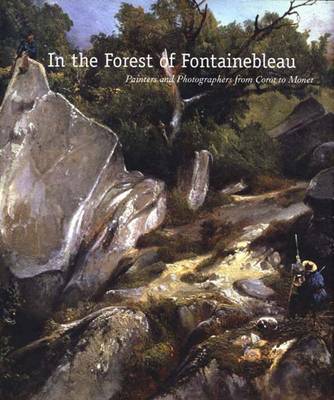National Gallery of Art, Washington
1 total work
In the Forest of Fontainebleau
by Kimberly Jones, Simon Kelly, Sarah Kennel, and Helga Aurisch
Published 1 February 2008
The Forest of Fontainebleau, located about 50 miles southeast of Paris, held a singular place in 19th-century art. Variously called "savage," "wild," "romantic," and "beautiful" by visitors, Fontainebleau's topography was viewed in many ways that reflected the sensibilities of the time. This is the first English-language publication to examine the significance of the region to the plein-air tradition in France. The book highlights four pivotal figures in the evolution of landscape painting: Jean-Baptiste-Camille Corot, Theodore Rousseau, Jean-Francois Millet, and Claude Monet. It integrates into this history the photographers who worked at Fontainebleau, including Eugene Cuvelier and Gustave Le Gray, and explores the role the forest played in the development of early photography. It also considers the reception of paintings of Fontainebleau at the Salons and the influence of Fontainebleau on the advent of Impressionism.
